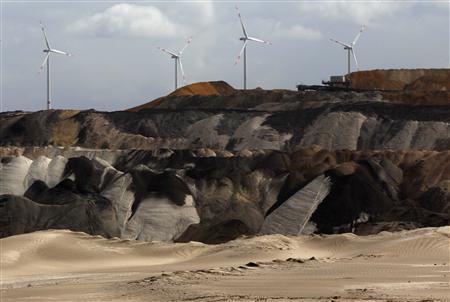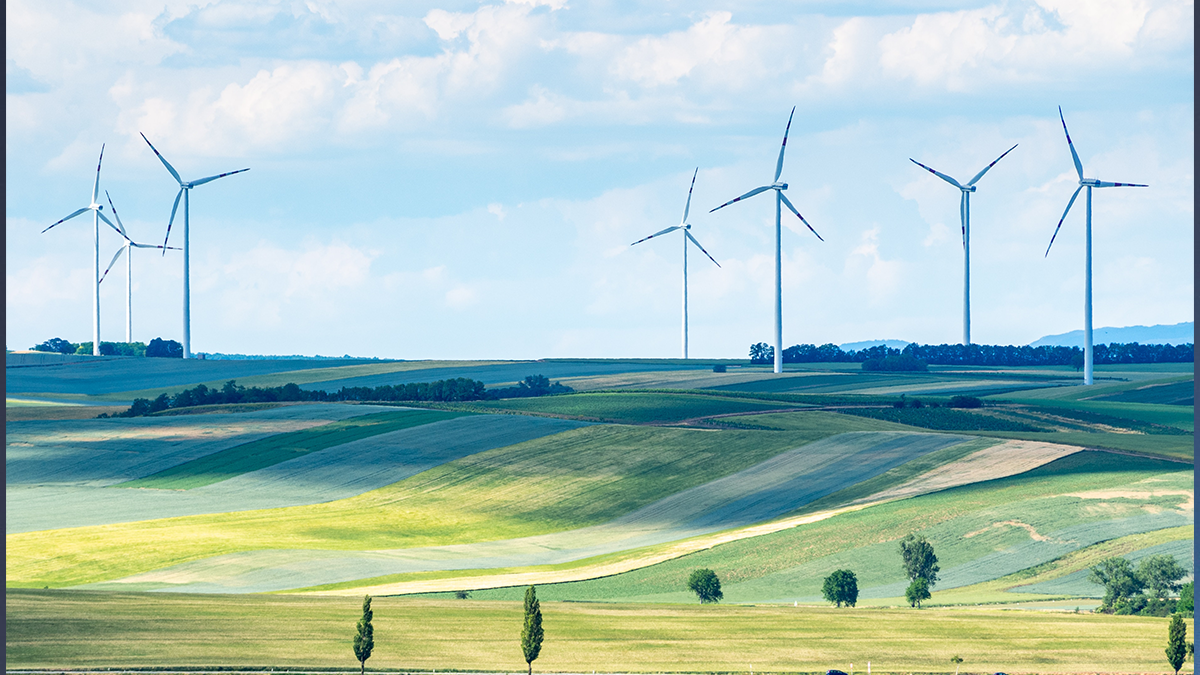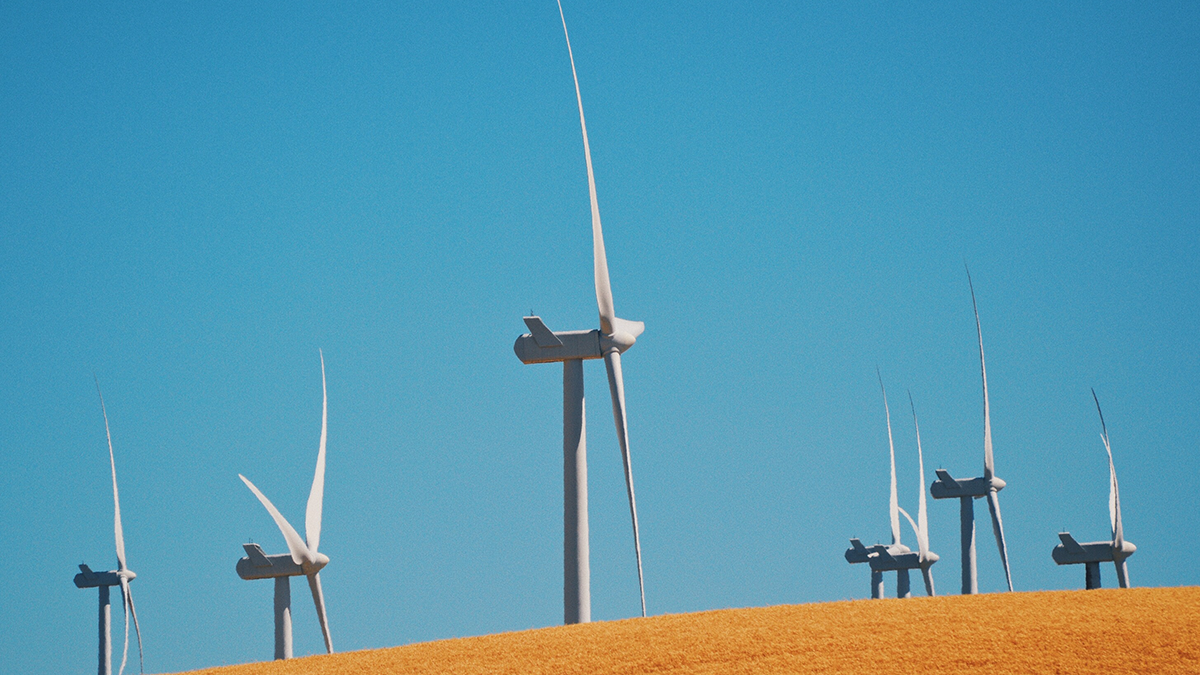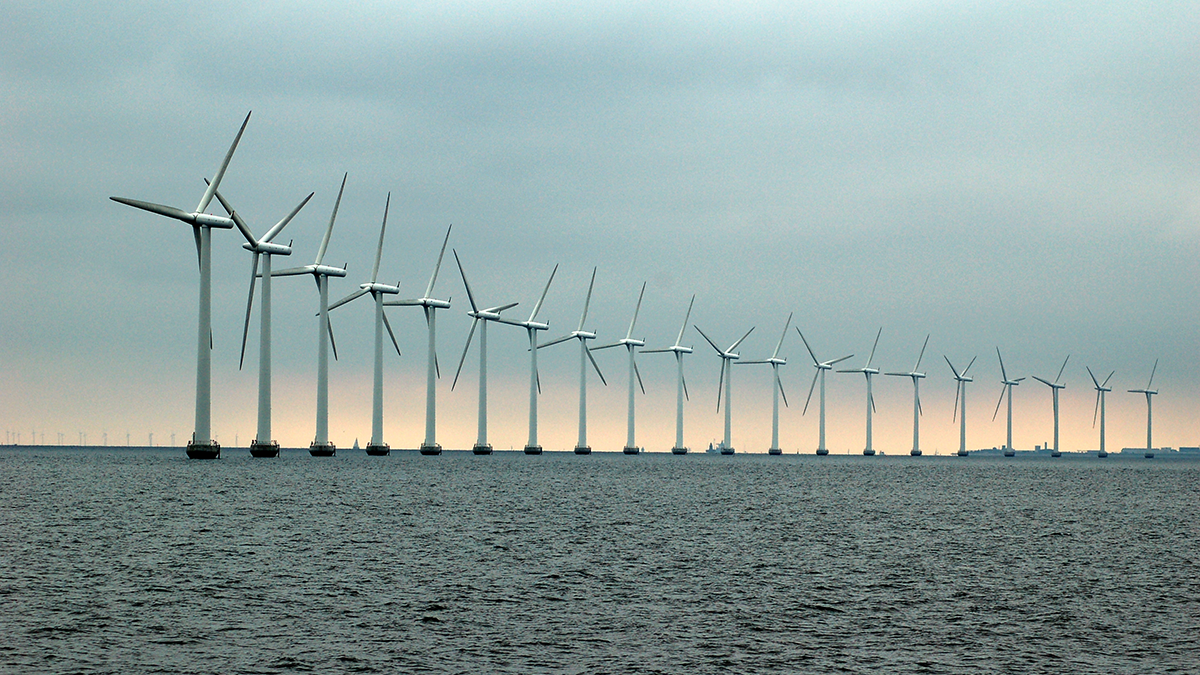The wind energy sector is experiencing significant growth, with global installed capacity projected to surpass 300 gigawatts (GW) by the end of 2023. This translates to generating enough clean energy to power 114 nuclear power plants, a significant milestone in the global transition towards renewable energy sources.

Key Statistics:
- 300 GW: Global wind power capacity expected by year-end 2023 (Source: European Wind Energy Association (EWEA) and Global Wind Energy Council)
- 100 GW: Wind power capacity currently installed in Europe alone (Source: EWEA)
- 280 GW: Global wind power capacity in 2022 (Source: EWEA)
Growth and Challenges:
While this marks a notable increase compared to the previous year’s total of 280 GW, the growth rate has shown moderation. This can be attributed to two key factors:
- Policy uncertainty: The financial crisis led to fluctuations in subsidy regimes, particularly impacting Europe, a historical leader in wind energy adoption.
- Subsidy debates: Concerns regarding the cost of energy and the financial burden of subsidies for renewables, especially for the developing technology of offshore wind, have sparked discussions.
The Path Forward:
- Harmonization efforts: The European Commission is actively working towards establishing consistent subsidy structures across the EU to support the wind energy sector.
- Cost reduction focus: The industry is committed to driving down production costs and enhancing the economic competitiveness of renewable energy sources.
- Continued support for offshore wind: While onshore wind and solar have witnessed significant progress, offshore wind requires continued support through subsidies in the near future.
Call to Action:
Wind energy leaders advocate for the elimination of fossil fuel subsidies to create a level playing field and accelerate the shift towards clean energy sources. This aligns with the upcoming G8 talks, where world leaders will address crucial climate change issues.




